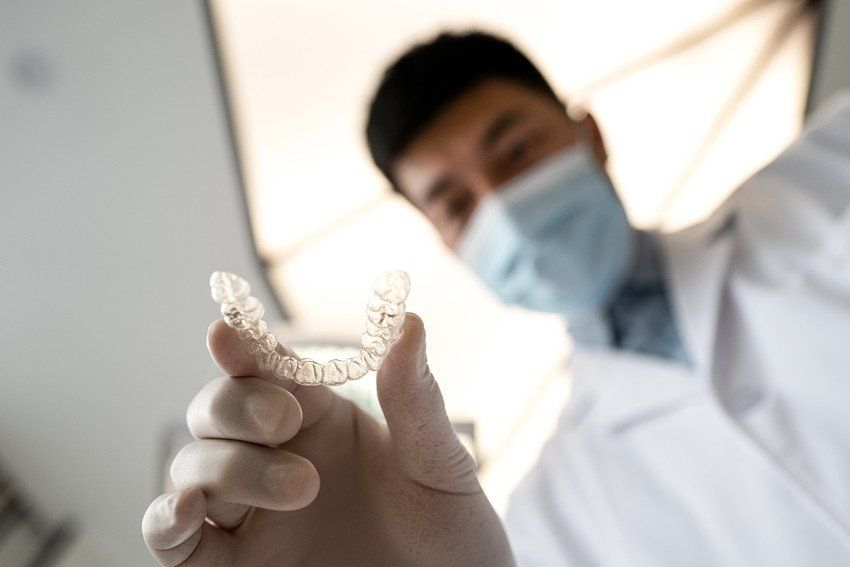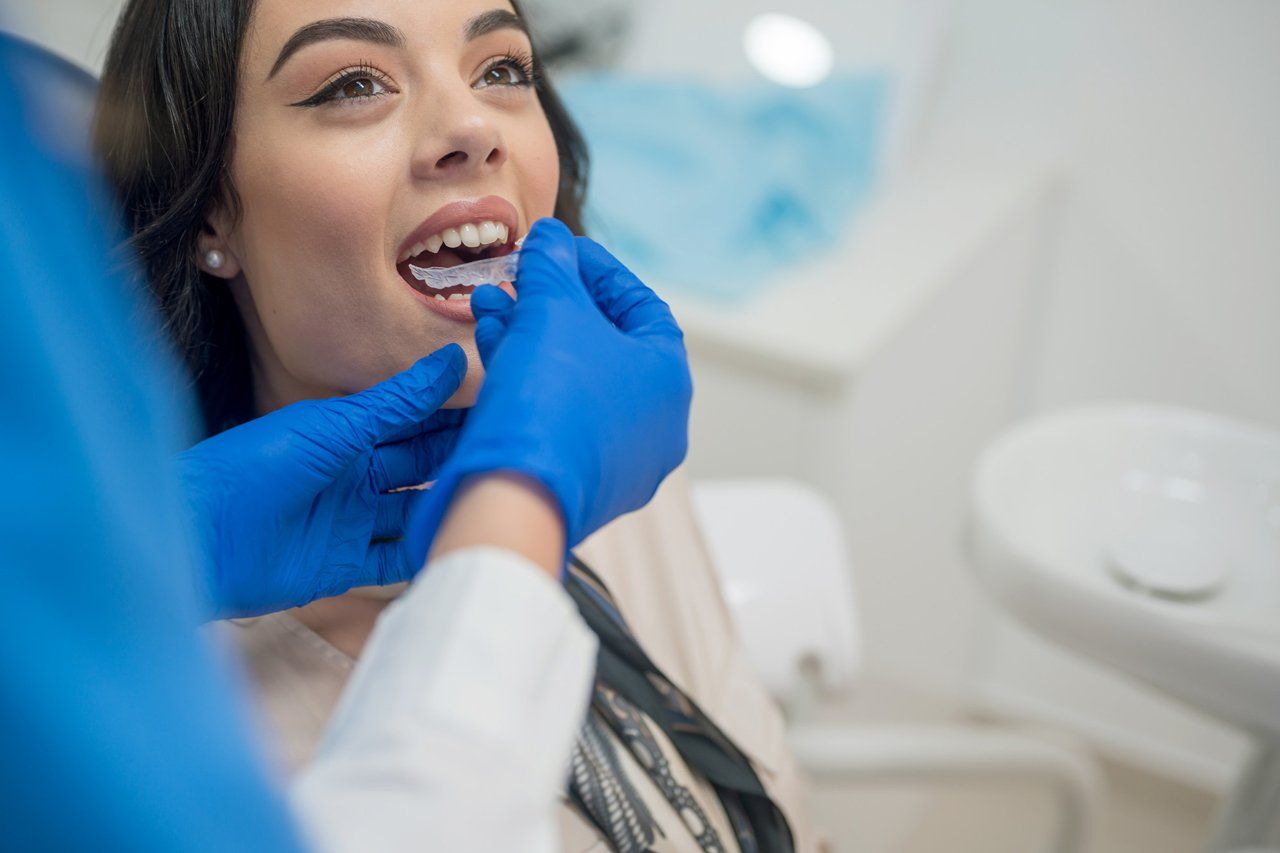Do you need orthodontic treatment for yourself or your child? Contact Melbourne Dental Practice today.
Experienced Orthodontist in Derby
What Does An Orthodontist Do?
An Orthodontist specialises in correcting the appearance and alignment of teeth using braces and other techniques. At Melbourne Dental Practice we treat both adults and children. We help with straightening and correcting crooked, protruding or crowded teeth. In line with the NHS we use the Index of Orthodontic Treatment Need (IOTN) when looking at NHS treatments and we also offer private orthodontics including Invisalign. Contact us for more information or find out more about our dental surgery.
Index of Orthodontic Treatment Need (IOTN)
A simplified summary of the IOTN assessment is provided below. The accurate use of IOTN requires specialist training. The assessment of dental health need for orthodontics should take place in a specialist practice. The consultation is an opportunity for a thorough check for other abnormalities. Problems requiring surgery or a combination of dental specialties can then be referred into the hospital service. Those who do not have a dental need for treatment will have had the reassurance of an expert opinion on their dental development. The Dental Health Component (DHC) has 5 Grades:
- Grade 1
This grade translates to 'almost perfection'.
- Grade 2
For minor irregularities such as:
- slightly protruding upper front teeth
- slightly irregular teeth
- minor reversals of the normal relationship of upper and lower teeth which do not interfere with normal function.
- Grade 3
For greater irregularities which normally do not need treatment for health reasons.
- upper front teeth that protrude less than 4 mm more than normal
- reversals of the normal relationship of upper teeth which only interfere with normal function to a minor degree; by less that 2 mm.
- irregularity of teeth which are less than 4 mm out of line
- open bites of less that 4 mm
- deep bites with no functional problems
- Grade 4
For more severe degrees of irregularity and these do require treatment for health reasons.
- upper front teeth that protrude more than 6 mm
- reversals of the normal relationship of upper teeth which interfere with normal function greater than 2 mm
- lower front teeth that protrude in front of the upper more than 3.5 mm
- irregularity of teeth which are more than 4 mm out of line
- less than the normal number of teeth (missing teeth) where gaps need to be closed
- open bites of more than 4 mm
- deep bites with functional problems
- more than the normal number of teeth (supernumerary teeth)
- Grade 5
For severe dental health problems
- when teeth cannot come into the mouth normally because of obstruction by crowding, additional teeth or any other cause.
- a large number of missing teeth.
- upper front teeth that protrude more than 9 mm
- lower front teeth that protrude in front of the upper more than 3.5 mm and where there are functional difficulties too
- Cranio-facial anomalies such as cleft lip and palate.
The NHS does realise that some children need orthodontic treatment just because their teeth look really bad. The Aesthetic Component is a scale of 10 colour photographs showing different levels of dental attractiveness. The grading is made by the orthodontist matching the patient to these photographs. The photographs were arranged in order by a panel of lay persons. In the NHS, the AC is used for border-line cases with Grade 3 DHC. If the case has a high AC score, NHS treatment is permissible.
If you would like further information about orthodontic treatment for you or your child, please contact Melbourne Dental Practice in Derby today
Opening times
Monday to Friday (except Bank Holidays)
8.30am until 1pm &
2pm until 5.00 pm
For emergencies outside of normal opening hours please call 111.










